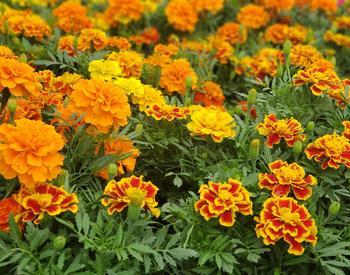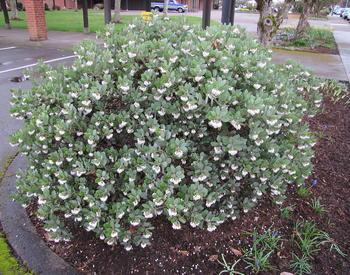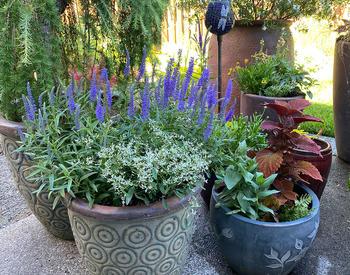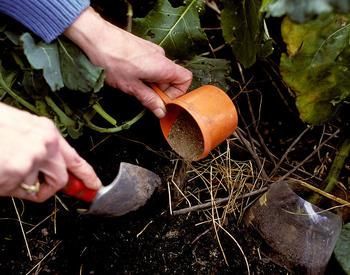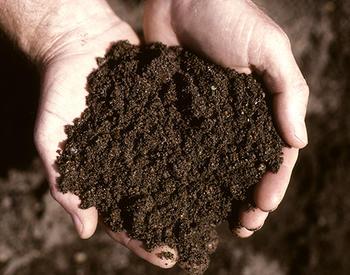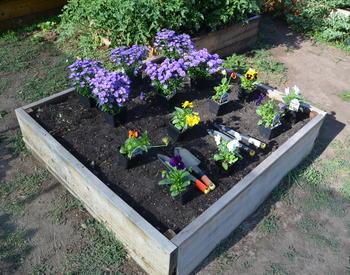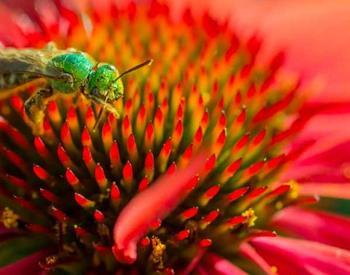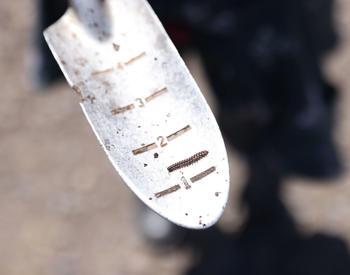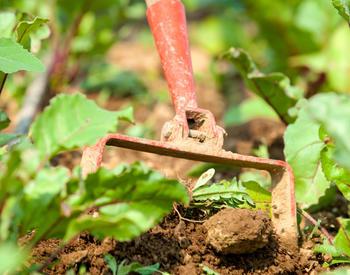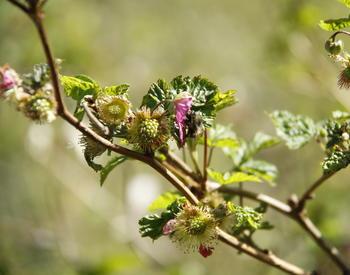Timely advice on garden chores, fertilizing, pest control, and more from OSU Extension. These tips are not necessarily applicable to all areas of Oregon. For more information, contact your local Extension office.
Oregon State University Extension Service encourages sustainable gardening practices.
Practice preventive pest management rather than reactive pest control. Identify and monitor problems before acting, and opt for the least toxic approach. Conserve biological control agents such as predators and the parasitoids that feed on insect pests.
Planning
-
The optimal time for establishing a new lawn is August through mid-September.
-
Dampwood termites begin flying late this month. Make sure your home is free of wet wood or places where wood and soil are in contact.
Maintenance and cleanup
-
Make compost out of lawn clippings and garden plants that are ready to be recycled. Don't use clippings if the lawn has been treated with herbicide, including "weed-and-feed" products. Don't compost diseased plants unless you are using the "hot compost" method (120 degrees to 150 degrees Fahrenheit).
-
Fertilize cucumbers, summer squash and broccoli to maintain production while you continue harvesting.
-
Use mulch to protect ornamentals and garden plants from hot weather damage. If needed, provide temporary shade, especially for recent plantings.
-
Camellias need deep watering to develop flower buds for next spring.
-
Prune raspberries, boysenberries and other caneberries after harvest. Check raspberries for holes made by crown borers, near the soil line, at the base of the plant. Remove infested wood before adults emerge (approximately mid-August).
-
Monitor garden irrigation closely so crops and ornamentals don't dry out.
-
If you want your lawn to stay green, you'll have to water frequently during periods of heat and drought stress. Irrigate 0.25 inches four to six times per week from June through August. Measure your water use by placing an empty tuna can where your irrigation water lands.
-
Prune cherry trees before fall rains begin to allow callusing in dry weather. This will minimize the spread of bacterial canker.
-
Western Oregon: Prune out dead fruiting canes in trailing blackberries and train new primocanes prior the to end of the month.
-
High elevations, Central and Eastern Oregon: Prune away excess vegetation and new blossoms on tomatoes after mid-August. Concentrate on ripening set fruit.
Planting and propagation
-
Plant winter cover crops in vacant space in the vegetable garden
-
Plant winter kale, Brussels sprouts, turnips, parsnips, parsley and Chinese cabbage.
-
Western Oregon: Mid-summer planting of peas; use enation-virus-resistant varieties. Plant fall crops of cabbage, cauliflower and broccoli.
-
Oregon Coast: Plant spinach.
-
Western valleys, Portland, Roseburg, Medford: Plant cauliflower, broccoli, Brussels sprouts, spinach, turnips and parsnips.
-
Columbia and Snake River Valleys, Ontario: Plant Chinese cabbage and endive.
Pest monitoring and management
Use chemical controls only when necessary and only after thoroughly reading the pesticide label. First consider cultural, then physical and biological controls. Choose the least-toxic options, and use them judiciously. Some examples include insecticidal soaps, horticultural oils, botanical insecticides, and organic and synthetic pesticides.
-
Remove cankered limbs from fruit and nut trees for control of diseases such as apple anthracnose and bacterial canker of stone fruit. Sterilize tools before each new cut.
-
Check apple maggot traps; spray tree if needed.
-
Control yellowjackets and wasps with traps and lures as necessary. Keep in mind they are beneficial insects and help control pest insects in the home garden.
-
First week: If necessary, spray for walnut husk fly.
-
First week: If necessary, second spray for peach tree borer and/or peach twig borer.
-
First week: If necessary, second spray of filbert trees for filbertworm.
-
Check for root weevils in ornamental shrubs and flowers; codling moth and spider mite in apple trees; scale insects in camellias, holly and maples. Treat as necessary.
-
Watch for corn earworm on early corn. Treat as needed.
-
For mite control on ornamentals and most vegetables, hose off foliage, spray with approved miticide if necessary.
-
Check leafy vegetables for caterpillars. Pick off caterpillars as they appear. Use Bt-k, if necessary.
-
Continue monitoring peaches, plums, prunes, figs, fall-bearing raspberries and strawberries, and other plants that produce soft fruits and berries for Spotted Wing Drosophila. If SWD are present, use an integrated and least toxic approach to manage the pests.
-
Willamette Valley: Corn may need protection from earworm. Spray new silks with appropriate pesticides if necessary.
-
East of Cascades: Check for tomato hornworm. Remove them if found.
-
Coastal and western valleys: Spray potatoes and tomatoes for early and late blight.
Trade-name products and services are mentioned as illustrations only. This does not mean that the Oregon State University Extension Service endorses these products and services or intends to discriminate against products and services not mentioned.

